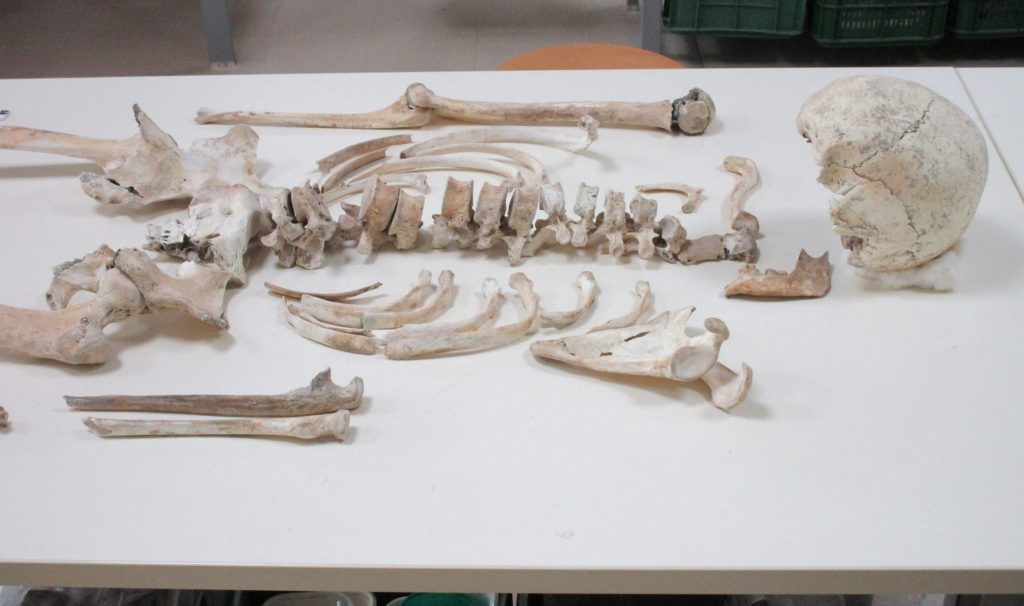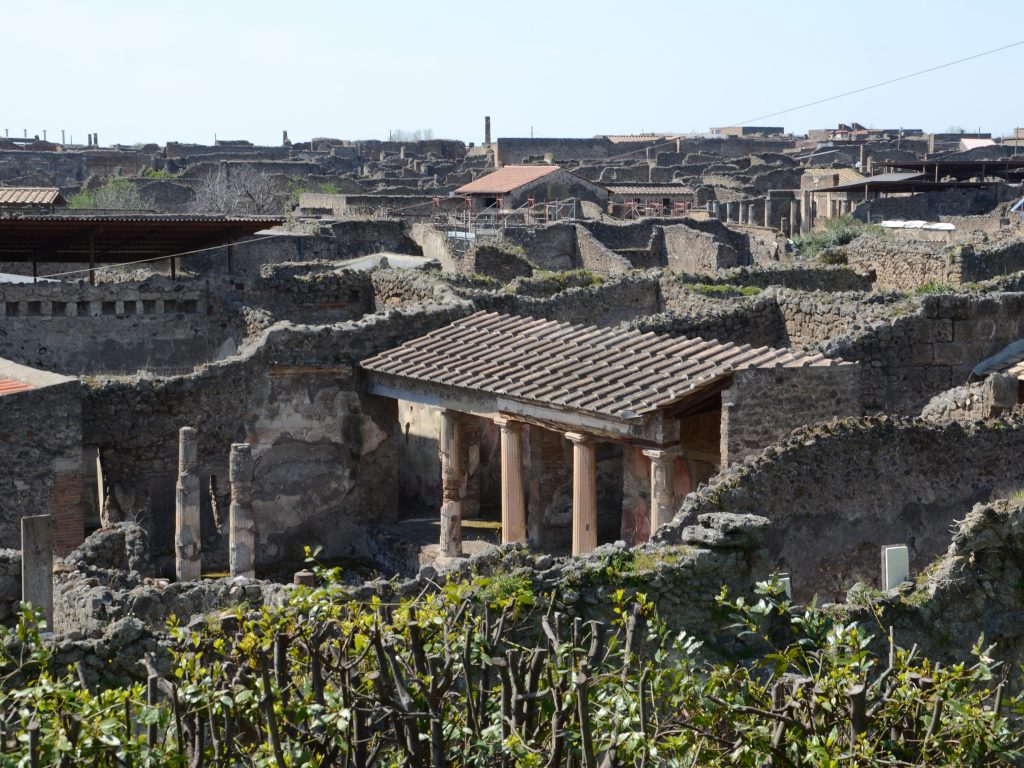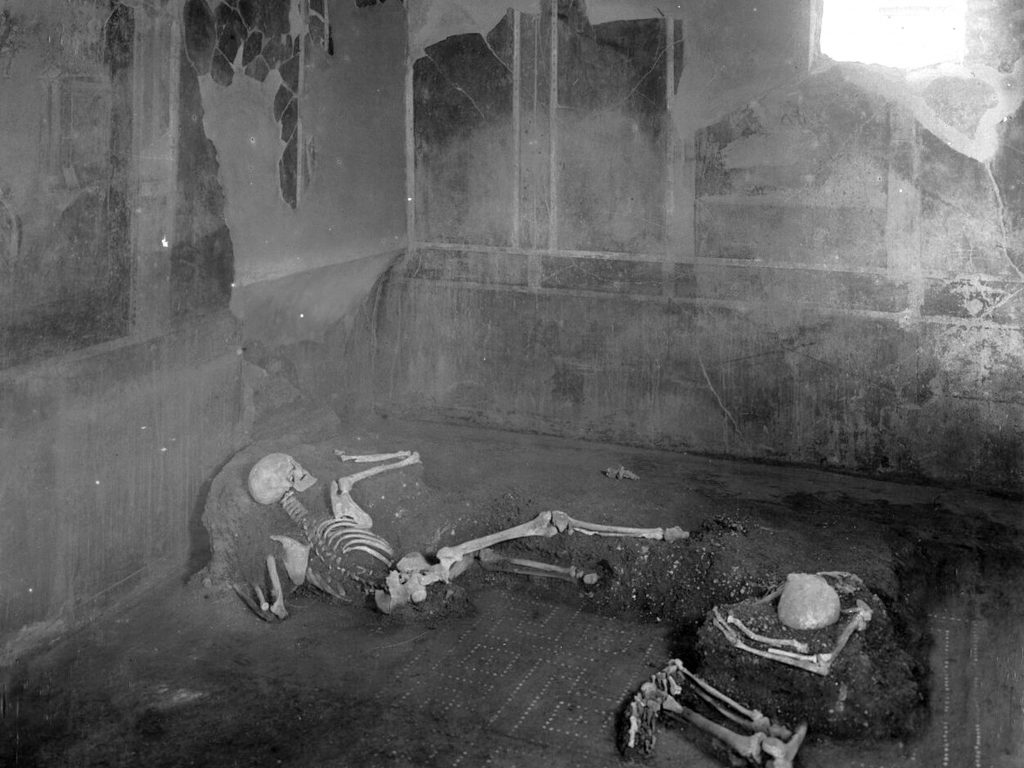- For the first time, scientists fully sequenced the genome of a man who died in the Pompeii eruption.
- Researchers think volcanic ash entombed the bodies and shielded their DNA from the environment.
- Mount Vesuvius erupted nearly 2,000 years ago, burying the Roman city of Pompeii in ash.
When Mount Vesuvius erupted one summer morning in 79 AD, the Roman city of Pompeii — and most of its citizens — were frozen in time, buried beneath tons of volcanic ash. Since explorers rediscovered Pompeii in the 18th century, archeologists have gradually uncovered what life was like there.
Now, for the first time, researchers have fully sequenced ancient DNA from an individual who died in Vesuvius' blast.
"It was really surprising that we can get this kind of result," Gabriele Scorrano, an assistant professor of geogenetics at the University of Copenhagen and lead author of the study, told Insider, adding, "It looks like this kind of environment helped the preservation in some way."
In a study published Thursday in Scientific Reports, Scorrano and his team examined the remains of two individuals found in Casa del Fabbro, or the House of the Craftsman, which was first discovered in 1933. One was a man in his late 30s at the time of his death, while the other set of remains belonged to a woman, who was older than 50.
Researchers extracted ancient DNA from parts of the skulls of both sets of remains. Though the team sequenced DNA from both individuals, only the man's skull yielded sufficient DNA for a full analysis, Scorrano said. Prior to this study, only short stretches of human and animal DNA from Pompeii had been sequenced.
After comparing the sample against genomes from 1,030 ancient, and 471 modern Western Eurasian individuals, researchers found the man's genome had similarities to modern central Italians, as well as to other groups living in Italy during the Roman Imperial age. However, some genes from the sample matched genes commonly found in people who lived on the island of Sardinia, rather than on mainland Italy, which experts say suggests more genetic diversity across the Italy at the time.

Frozen in time
Researchers believe Vesuvius' blanket of ash entombed the bodies, shielding the ancient DNA from environmental factors that can deteriorate it, such as oxygen. "The sample had been covered by the ash from this eruption. The preservation of the bones is actually really good — they're perfect for collection in DNA study," Scorrano told Insider.
The sample also showed possible signs of tuberculosis of the spine, or Pott's disease — which was endemic in Roman times, but is rare in the archaeological record, since the disease rarely leaves a mark on the bones.
"It seems, according to the bioarchaeologist, that maybe this kind of disease didn't allow them to try to escape," Scorrano told Insider, adding, "They died in this position because they didn't have the chance to run away."

Scorrano and his team hope their techniques can be applied to other victims caught in the flurry of ash nearly 2,000 years ago, in order to get a better snapshot of life in Pompeii before and during the disaster.
"I think that our study makes the case for the further analysis of Pompeii individuals," he told Insider, adding, "Normally, when you study a specific site, you have a range of dates. Here, it's a picture of what happened 1 p.m., 24 August, 79 AD — we can really reach an understanding of the population at that time."

